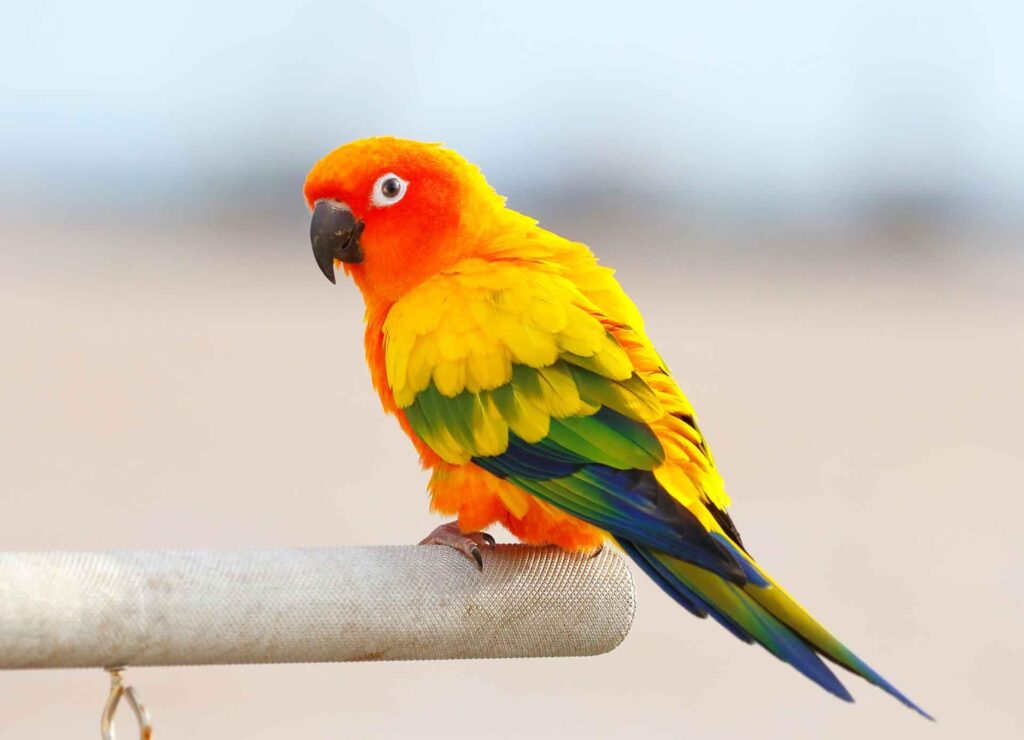In a groundbreaking study published in ESA Journals, researcher Hiemstra (2025) sheds new light on the pervasive imprint of human activity in the natural world by examining urban bird nests as living archives of the Anthropocene. The research uncovers how layers of plastic debris incorporated into nest structures serve as stratigraphic markers, revealing both the scale and timeline of plastic pollution in city environments. This innovative approach not only highlights birds as inadvertent chroniclers of environmental change but also offers a novel perspective on monitoring the long-term ecological impact of humanity’s plastic footprint.
Plastic Layers Reveal Urban Impact in Bird Nests
Recent research has uncovered how urban bird nests serve as unintended archives, layering pieces of plastic debris alongside natural materials, offering a tangible record of human influence on the environment. Scientists analyzed nests from various metropolitan areas, finding an increase in synthetic fragments interwoven with twigs, feathers, and leaves. This stratigraphic layering not only reflects the growing prevalence of plastic pollution but also provides insight into the adaptive behaviors of birds amidst urbanization. The study highlights how these avian architects inadvertently document the Anthropocene through their nesting choices.
Key findings from the study include:
- Layer thickness of plastic materials in nests has doubled over the past decade.
- Urban bird species selectively incorporate brightly colored plastic, possibly due to visibility.
- Plastic prevalence correlates strongly with nearby population density and waste management efficiency.
- Some bird species exploit plastic for nesting durability despite potential health risks.
| Urban Area | Plastic (% by volume) | Common Plastic Types | Bird Species Observed |
|---|---|---|---|
| New York City | 28% | Polyethylene, PVC | Pigeon, House Sparrow |
| London | 22% | Polypropylene, Styrofoam | Starling, Blackbird |
| Tokyo | 31% | Polyethylene Terephthalate (PET), Nylon | Bulbul, Crow |
| Sydney | 19% | Polycarbonate, Polystyrene | Magpie, Fairy-wren |
Tracing the Anthropocene Through Avian Architecture
Urban bird species have unwittingly become chroniclers of humanity’s material footprint, embedding layers of plastic debris within their nests that serve as a tangible record of the Anthropocene. The study reveals that as birds weave their homes, they incorporate an increasing amount of synthetic materials, creating a stratigraphy that mirrors escalating plastic pollution over time. These nests not only provide shelter but also act as stratigraphic markers, capturing snapshots of changing environmental conditions, human waste patterns, and the relentless spread of plastic innovation and disposal.
Hiemstra’s research employs meticulous nest-sampling, revealing stark variations in the composition and density of plastic fragments across urban landscapes. The findings spotlight several key implications for ecology and urban planning:
- Indicator Species: Birds as bio-indicators of environmental health and plastic pollution trends.
- Temporal Mapping: Stratified nest layers depict increasing plastic per decade since the mid-20th century.
- Risk Assessment: Potential impacts on avian reproductive success and broader ecosystem dynamics.
| Decade | Average Plastic Content (%) | Common Plastic Types Found |
|---|---|---|
| 1960s | 3% | Cellophane, Early Polymers |
| 1980s | 12% | Polyethylene, Styrofoam |
| 2000s | 25% | Polypropylene, PET Bottles |
| 2020s | 38% | Mixed Polymers, Microplastics |
Experts Call for Reduced Plastic Waste to Protect Urban Wildlife
Recent findings reveal that urban bird species are inadvertently accumulating significant quantities of plastic debris within their nests, effectively creating a stratigraphic record of the Anthropocene. Researchers observed that plastic fragments embedded in nests vary by city zone, reflecting the spatial distribution of urban waste. This emerging evidence points to an urgent need for targeted policies aimed at reducing single-use plastics that permeate our metropolitan ecosystems.
Experts emphasize the ecological risks posed by nesting materials laced with microplastics, which can affect bird health and reproductive success. To address these challenges, conservationists advocate for:
- Enhanced urban waste management systems to minimize litter infiltration into natural habitats
- Community-driven clean-up initiatives to reduce visible plastic accumulation
- Material innovation encouraging biodegradable alternatives for packaging and consumer products
| City Zone | Plastic Nest Material (%) | Dominant Plastic Type |
|---|---|---|
| Commercial | 42 | Film Wrap |
| Residential | 35 | Fragments |
| Industrial | 50 | Foam Pieces |
Future Outlook
As this groundbreaking study reveals, urban birds are unwitting archivists of the Anthropocene, embedding layers of plastic pollution into their nests that mirror humanity’s escalating environmental footprint. By analyzing the stratigraphy of these synthetic materials, researchers not only gain insight into the pervasiveness of plastics in city ecosystems but also unlock a novel biological record of human impact over time. As urban wildlife continues to adapt – or struggle – amid growing pollution, these feathered sentinels offer a stark, tangible reminder of the urgent need for sustainable solutions. The nests of our city birds may well become the stratigraphic markers future scientists use to understand how deeply-and indelibly-plastic has permeated our world.
